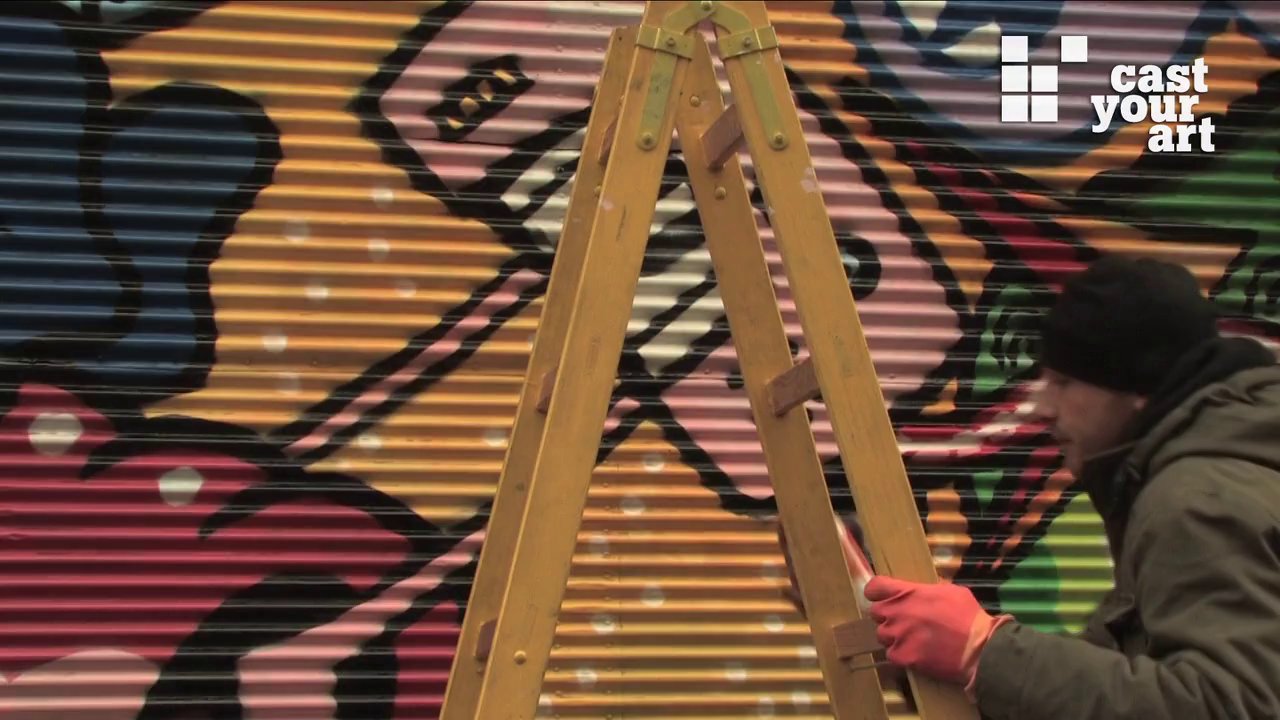Eduard Angeli - Retrospective
Eduard Angeli’s paintings pose a big problem for art lovers. His work can not be duly appreciated when not seen live « in the flesh ». Of course it is generally preferable to visit an exhibition rather than seeing the pictures as photographs in books or in the web. The difference is probably bigger than the one between visiting a concert and listening to a recording of it. In the case of an artist with such a broad range of nuances, the gap becomes enormous. As advanced as photographic technology might have become, it is still unable to reproduce the subtle, almost imperceptible variations of hues that Angeli adds to every single brushstroke.
Visitors are going to be able to verify this in the Albertina until June 25 2017. The exhibition was curated by director Klaus Albrecht Schröder, it includes 60 works by the painter, who was born in 1942 in Vienna.
Following the colourful work of the 1970ies and 1980ies, there are pictures painted mostly in Venice after the 1990ies, with pronouncedly darker coulouring. A separate room is dedicated to Angeli’s drawings.
With a minimum of narrative elements, Angeli mainly paints from his memory, often inspired by remnants of some glorious past, the material he uses being oil paint, chalk, coal pastel or red chalk on jute, paper or canvas.
The painter’s entire work is marked by a spiritual effort for a metaphysical experience of seeing. Angeli’s painting does not generate reflection but experience - the experience of loneliness, of silence and of emptiness are the requirements for the recognition of plenitude.
For him, like for mystics of the East and West, emptiness is not an absence of anything, but the creation of meaning. Emptiness inspires -and in fact generates- the very idea of fullness.
A modern philosophical movement, the Kyoto School, expresses this in a sentence that might resume Angeli’s work very well: „Reality is not empty, emptiness is reality“ (written by CA)
Das könnte Sie auch interessieren

MARC CHAGALL. Der Spaziergang
1. March 2016
FLORINA LEINSS. Online Eröffnung zur Ausstellung "Split Sight" im STRABAG Kunstforum.
7. May 2021
Lastplak - At The End The Wall Is Covered.
7. January 2008
C.A. Contemporary
21. November 2017
Mara Mattuschka – My Heart’s Vibrator
19. March 2008
ALBERTINA TOURS & TALKS: Hubert Scheibl and Antonia Hoerschelmann guide us through the exhibition
29. November 2021
Peter Fritzenwallner - Things on the Move
15. September 2010
